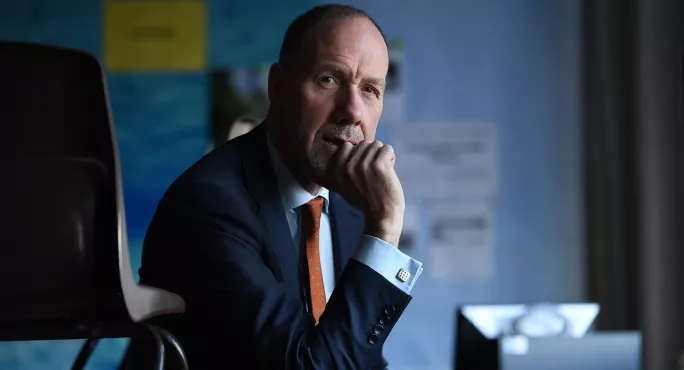- Home
- ‘This large splash of cash does not reverse the cuts’
‘This large splash of cash does not reverse the cuts’

Funding announcements are never easy to digest, and this evening’s government pledge of an apparently whopping £14 billion extra for schools is a case in point. On the face of things, it sounds like an enormous and much-needed boost after years of campaigning.
And let’s not be churlish. This does seem to be a major step forward in addressing the desperate situation facing our schools.
We hope for more good news tomorrow with a further announcement expected on new funding for sixth forms and further education.
But there are always caveats. And it is probably a good idea at this point to take a sober and measured look at some of them. Here are six initial observations:
- The headline figure of £14 billion does not mean that the schools budget will go up by £14 billion, as you might expect it to do. The government tells us that the schools budget will increase to £52.2 billion by 2022/23 which is an increase of around £7.1 billion on the current budget. So where does the figure of £14 billion come from? It appears to be achieved by adding up the annual extra investment needed to get to that figure (£2.6 billion in 2020-21, £4.8 billion in 2021-22 and £7.1 billion in 2022-23). To be fair, there are different ways of presenting figures, but headlines seldom tell the full story. And our old friend the devil lurks, as ever, in the detail.
- So in looking at what has been trailed, we will need to be clear over how much of the pledged money accounts for additional costs that the government would have to pay for anyway because of rising pupil numbers and inflation, and how much of this money is over and above that figure. In other words, how much of the money pledged today reverses the cuts of recent years?
- If you’re the head or executive leader or governor of a school or trust having to contemplate more staffing cuts next week, none of today’s announcements helps you. The additional investment does not start to reach schools until 2020-21. If you’re in an academy, that means a wait of a further twelve months before the current urgent crisis in funding is addressed. Those extremely difficult decisions made in order to balance the budget haven’t gone away.
- The amount of extra money pledged in 2020-21 is £2.6 billion, which, we are told, will ensure that the minimum amount of per-pupil funding in secondary schools will increase to £5,000, and which will fund £700 million extra for children with special educational needs and disabilities. Obviously, this extra money is very welcome. But, to put things in perspective, the minimum per-pupil funding guarantee in secondary schools this year is £4,800, so we are talking about £200 extra per pupil in the worst-funded schools. The government tells us that primary schools will get a minimum of £4,000 per pupil - an increase of £500 on the current minimum funding guarantee of £3,500 per pupil - but this won’t happen until 2021-22.
- Today’s funding announcement comes ahead of the Chancellor’s spending round announcement next week, which we have already been told will only set departmental budgets for 2020-21 with a full multi-year spending review due to take place in 2020. So how does today’s announcement of a multi-year commitment to school funding square with next week’s announcement and next year’s spending review?
- It also comes at a time of enormous political uncertainty. What happens in the event of a no-deal Brexit or an early general election? Will the spending commitment made today go ahead come what may? Indeed, will the people making the promises be the people who are around in the future to deliver them?
So, in other words, there are a lot of questions yet to be answered, and we will be spending the next few days asking those questions, as well as studying the figures in more detail. This is our role.
And our initial assessment is that even the level of investment pledged today does not completely reverse the education cuts of recent years.
None of this is intended to sound like a party-pooper, because this is undoubtedly a significant day in the campaign for improved school funding. And the symbolism of today is very important - education spending has been acknowledged as a national major issue, alongside the NHS and policing.
The level of future investment required in our schools has been made trumpeted loud and clear. And that will make it harder for any future incoming government to argue that education actually isn’t that significant and that they aren’t prepared to invest in our children and young people.
Which means that whatever our questions around some of the assumptions and methodology, today is a very important one for the future of education. It’s been long-awaited and there can be no turning back.
Keep reading for just £1 per month
You've reached your limit of free articles this month. Subscribe for £1 per month for three months and get:
- Unlimited access to all Tes magazine content
- Exclusive subscriber-only stories
- Award-winning email newsletters



